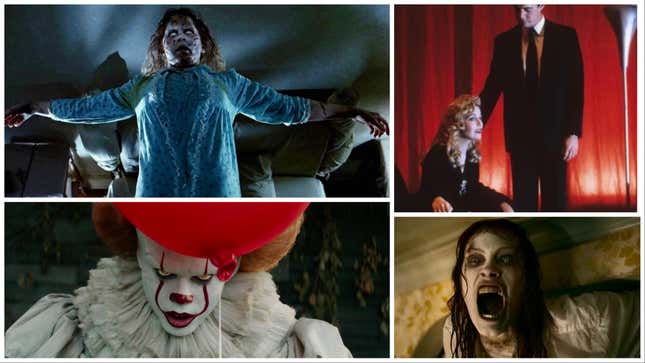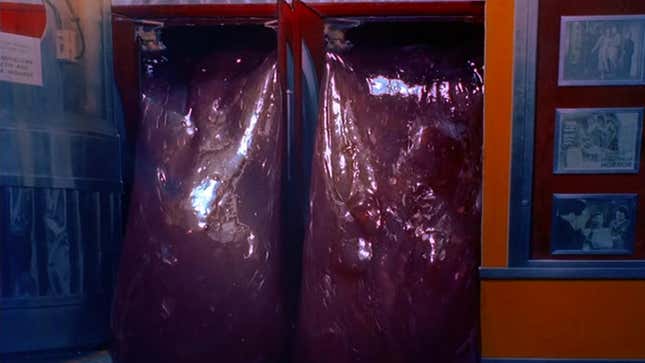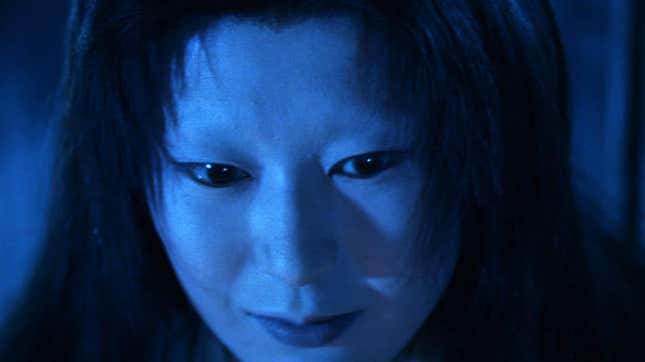
Halloween month is nigh and if you’re a horror fan, Max is a solid place for an October binge while you look up the word “nigh” on Google. The streamer has dozens of terrifyingly good films, both new and classic, to keep you up at night. But be warned: there’s no guarantee Max will have these same films tomorrow, so get to streaming before they disappear. Befitting its origins as a vertically and horizontally integrated streaming behemoth, Max loads up on films from sister company Warner Bros., including GOATs like The Exorcist, and newer faves like Evil Dead Rise and Hereditary.
As usual, The A.V. Club and its reviews and expert commentary are here to guide you toward the best—scariest, eeriest, and most essential—viewing options. So boot up your Max, minimize the endless scrolling, and read on for our recommendations for the best horror movies available now. You can thank with a regular sized Snickers bar....not those lame “fun size” ones the bad houses throw in your trick or treat bag.
This list was updated on September 30, 2023.

